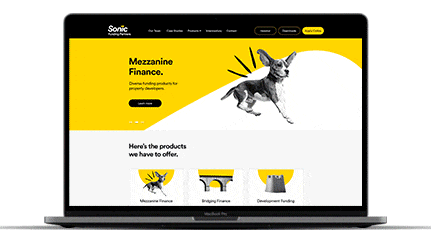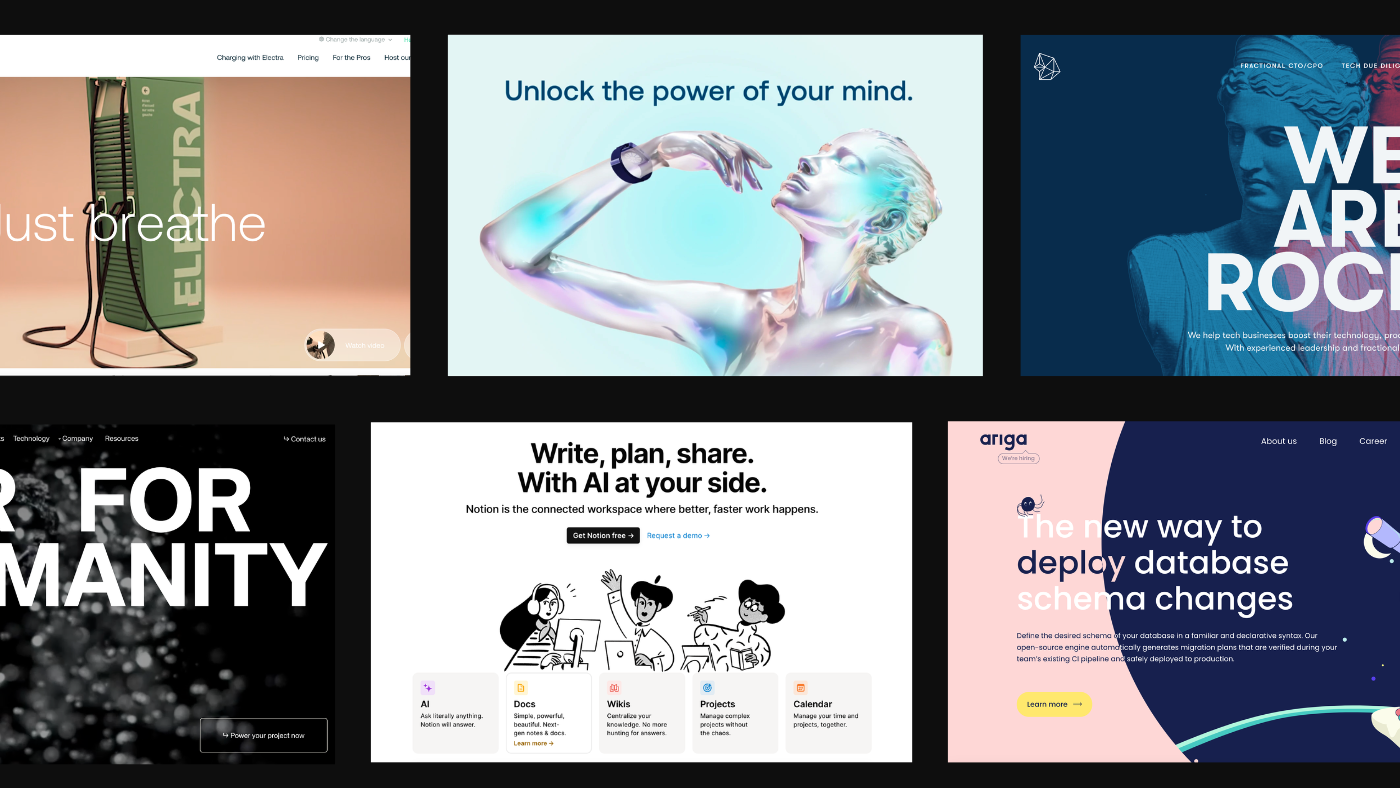Expert Tips for Choosing the Right Website Design in copyright Services
Expert Tips for Choosing the Right Website Design in copyright Services
Blog Article
Achieve Online Success With User-Friendly Site Layout
In the significantly competitive digital landscape, the layout of a website can be a pivotal consider identifying a business's success. User-friendly design not only improves the general customer experience however additionally influences key metrics such as conversion, engagement, and retention rates. By focusing on user-friendly navigating and access, organizations can promote a much more inclusive setting that charms to a wider target market. Recognizing the specific principles and features that contribute to reliable layout requires a more detailed evaluation of existing fads and finest methods, which might disclose opportunities for considerable renovation.
Importance of Individual Experience
Individual experience (UX) plays a crucial duty in the success of a website, as it straight influences customer satisfaction and involvement. A favorable UX makes sure that site visitors can navigate the site effortlessly, access information quickly, and complete wanted activities, such as authorizing or making a purchase up for a newsletter, without disappointment.
In a digital landscape where competition is fierce, a website that prioritizes UX can significantly boost brand name commitment and retention. Users are most likely to go back to a site that offers a smooth experience, creating a cycle of repeat visits and raised customer life time value. Effective UX layout can lower bounce rates, as users are less inclined to leave a site that meets their requirements effectively.
Moreover, search engines increasingly take into consideration customer experience variables when ranking web sites. Therefore, spending in individual experience is crucial for achieving long-term success in the electronic industry.
Trick Concepts of User-Friendly Layout
A successful user-friendly design depends upon a number of crucial principles that improve usability and ease of access. Is simplicity; a clutter-free user interface enables users to browse easily, minimizing cognitive tons. This principle emphasizes the importance of clear and concise web content, allowing users to find information rapidly without unneeded disturbances.
Consistency is another vital component. Consistent use fonts, colors, and designs fosters knowledge and develops count on. Customers ought to really feel comfy as they explore various sections of the web site, knowing that comparable elements indicate related functionalities.
Efficient typography also plays a crucial duty in user-friendly layout. Clear typefaces, proper sizes, and ample spacing guarantee that web content is easily understandable throughout various gadgets. Integrating intuitive visual hierarchies assists users recognize crucial info and actions at a glance.

Necessary Functions for Navigation
Effective navigation is vital for any user-friendly web site, as it directly influences the overall customer experience. A well-structured navigation system enables customers to situate details quickly and efficiently, minimizing disappointment and raising involvement.
One essential feature is a user-friendly and clear menu that categorizes web content logically - website design copyright. This menu needs to be conveniently available from every page, commonly placed at the leading or on the side of the internet site. In addition, including breadcrumb navigating assists individuals understand their location within the website hierarchy and makes it easier to backtrack
Look capability is one find out more crucial element, enabling users to find details material without looking with several pages. This feature should be plainly shown and responsive to variations in input.
Moreover, a mobile-responsive design makes sure that navigating remains smooth throughout gadgets. As mobile use remains to increase, food selections must adjust to different screen dimensions without jeopardizing functionality.
Lastly, aesthetic signs such as highlighting the active page and using hover effects can enhance customer communication. By incorporating these essential attributes, web site designers can create a navigational resource experience that is not just easy to use but additionally urges exploration and retention.
Ease Of Access Factors To Consider
Accessibility considerations are essential to developing an easy to use website that deals with all people, despite their capabilities or disabilities (website design copyright). Websites need to be designed to make sure that customers with visual, acoustic, cognitive, or motor disabilities can engage with content properly. This begins with adherence to the Internet Content Access Standards (WCAG), which give a framework for making digital web content more available
Secret methods include the usage of detailed different text for images, making sure shade contrast ratios fulfill accessibility requirements, and providing captions for multimedia elements. Furthermore, the navigation must be instinctive, permitting customers to tab through links and interactive elements easily. Executing keyboard navigation is vital for those incapable to use a mouse.
Additionally, clear and succinct language enhances comprehension for customers with cognitive limitations. Kinds should be uncomplicated, with tags and instructions that are easy to recognize. Normal access testing, consisting of customer comments from individuals with handicaps, can aid identify barriers and enhance functionality.
Determining Design Success

Individual comments studies and functionality screening are crucial in analyzing the efficiency of design components. These approaches enable designers to collect direct input from users, recognizing pain points and locations these details for enhancement. Additionally, tracking heatmaps can disclose where individuals click most frequently, aiding to notify layout changes and material prioritization.
Analytics tools play a vital role in gauging layout success by supplying data-driven insights. Google Analytics can track user habits, disclosing patterns that suggest whether the design is hindering the customer or helping with trip. Eventually, an effective site layout not only satisfies company purposes however likewise cultivates a seamless and delightful user experience, driving involvement and loyalty in time. Consistently reviewing these metrics makes sure that the site advances in placement with individual demands and market best techniques.
Final Thought
Finally, straightforward internet site layout is paramount for achieving online success. Focusing on customer experience with simplicity, user-friendly navigation, and effective feedback mechanisms not just boosts individual interaction and contentment however additionally promotes brand loyalty. Incorporating important navigation features and accessibility factors to consider better makes certain that all users can properly connect with the website. Inevitably, determining layout success gives useful insights that guide continual enhancement, solidifying a solid on the internet presence in an affordable digital landscape.
Websites need to be designed to make sure that users with visual, acoustic, cognitive, or motor problems can engage with content properly.Determining layout success includes reviewing exactly how properly a site fulfills its intended objectives while providing a positive customer experience. Google Analytics can track user habits, disclosing patterns that suggest whether the layout is hindering the individual or promoting trip. Eventually, a successful internet site design not only satisfies organization objectives but likewise promotes a enjoyable and smooth user experience, driving engagement and loyalty over time. Prioritizing user experience through simplicity, intuitive navigation, and effective feedback mechanisms not only enhances user engagement and fulfillment however likewise promotes brand loyalty.
Report this page